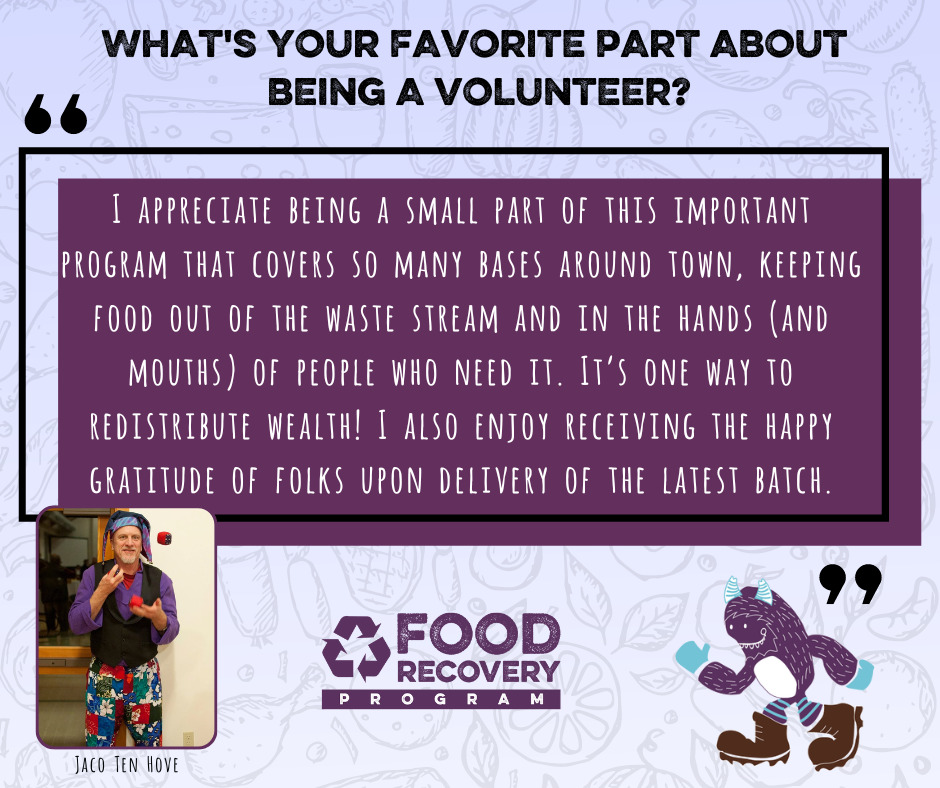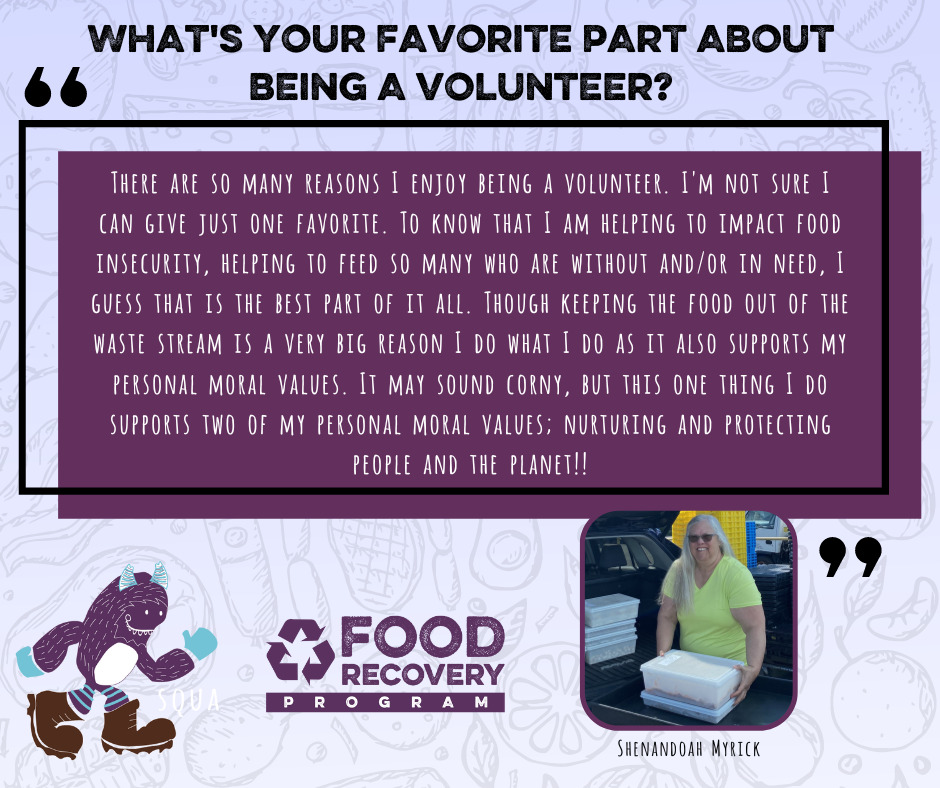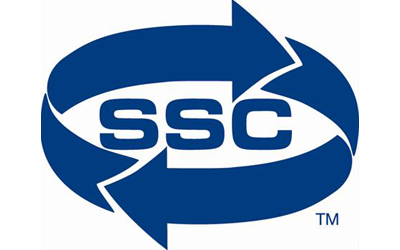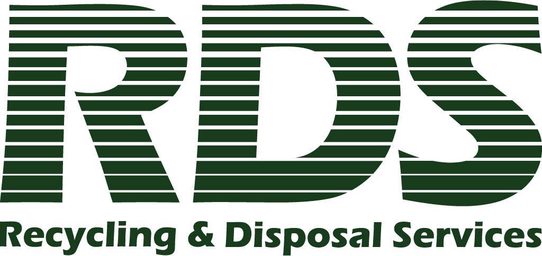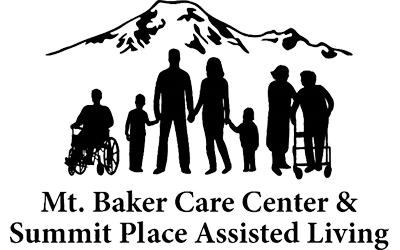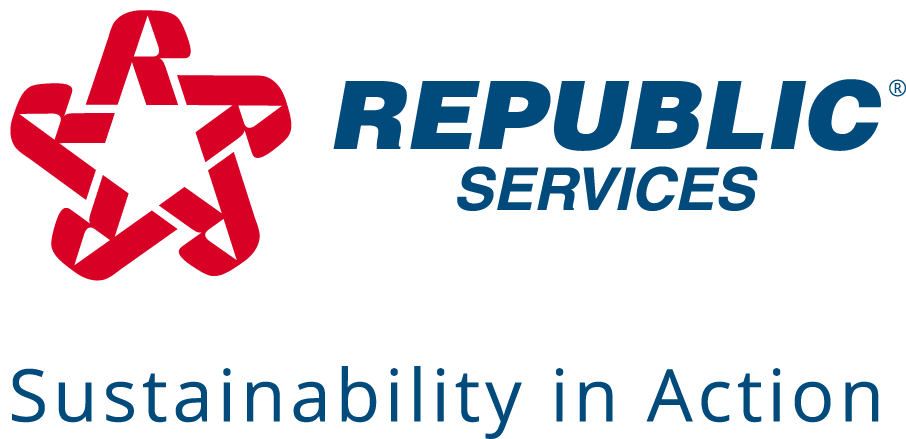Become a Food Recovery Driver
Help us transport surplus food from restaurants to community members experiencing hunger
Volunteer Information
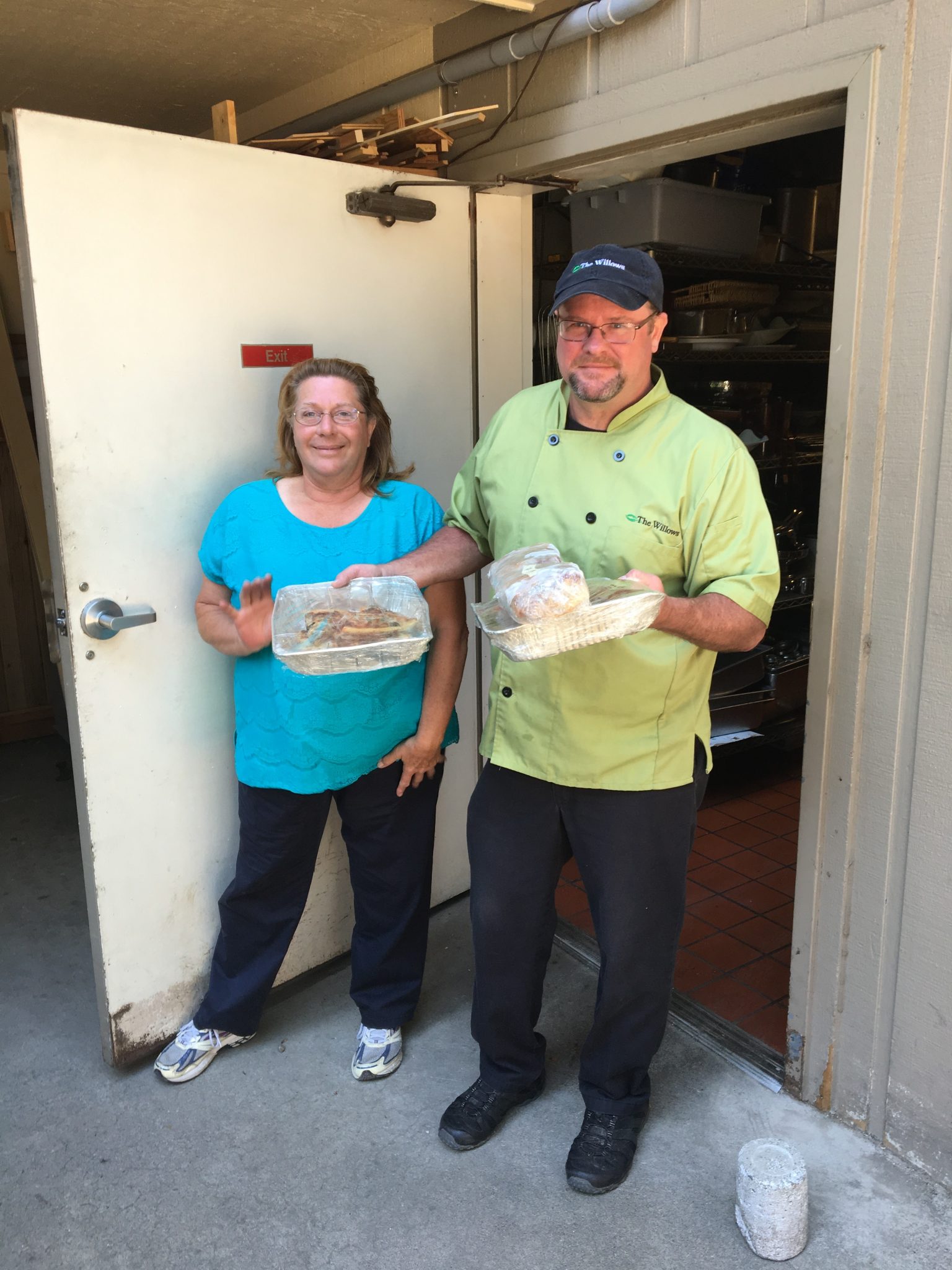
What do volunteers do?
Sign up for a weekly food recovery shift with our volunteer platform by clicking here. Shifts are designed to be quick, flexible, and done with your own vehicle. You can peruse our weekly calendar, find a shift that fits your schedule, and sign yourself up. Every shift has an attached description sheet to help guide you through the pickup and drop off process.
On the day of your first shift, our experienced staff will meet you on site to train you and answer any questions. Reusable containers are provided to businesses and volunteers as not to create packaging waste. We will also provide scales, cooler bags, and hand sanitizer. Please be prepared to pick up to 20 lbs at a time.
That’s it! It’s easy, fun and typically includes a yummy snack. Together our volunteers have picked up over 1,000,000 lbs. of surplus food in our community!
Volunteer safety
Health and food safety are important to us. Every participant in the food recovery program is expected to follow safe food handling standards set by state and federal laws: from pickup to delivery. The following guidelines are specified by the CDC and Whatcom County Health Department.
If you are sick, please stay home. This includes all cold and flu symptoms. Please let our volunteer coordinator know if you can’t do your shift due to illness.
Wash hands properly and often. Use hand sanitizer often when you are not by a sink. We are happy to provide you with your own bottle.
Wash and Cover Containers. If you are bringing containers from your home, please make sure to wash and sanitize them beforehand. Secure the lids on the containers for transport. This will ensure they stay clean in your car.
Time is Important. We are permitted at as courier program. This means you should never have food for more than 30-45 minutes. Please be prepared to drop off, right after you pick up. No errands in between.
